#sand dollars
Photo

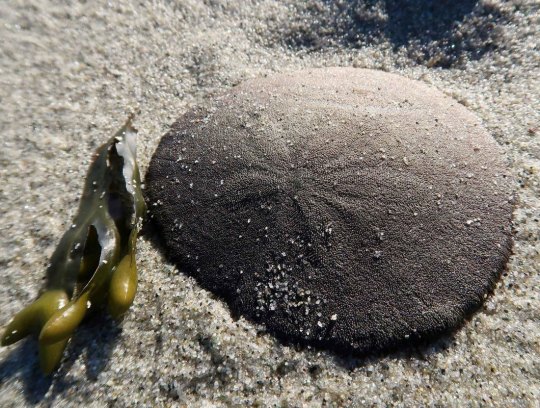
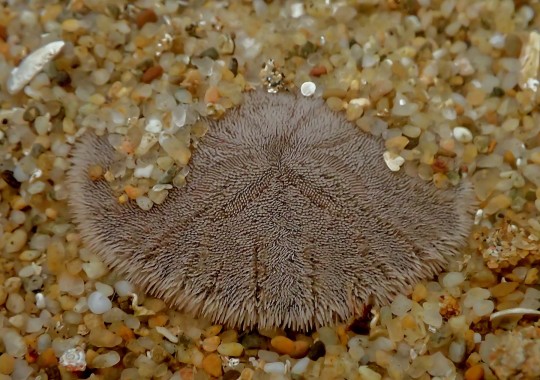
Another Day, Another Pacific Sand Dollar
The eccentric sand dollar, aka the sea-cake, biscuit-urchin, western sand dollar, or Pacific sand dollar (Dendraster excentricus), are found in the intertidal zone and near-shore sandy bottoms from Alaska, US to Baja California, Mexico.They are the only sand dollars endemic to the Pacific Northwest, though they share the rest of their range with other species. Live individuals are seen either partially buried upright or lying flat on the ocean floor, depending on the strength of the current. To prevent themselves from being swept away, juveniles will also ingest sand to weigh themselves down. Although they are not social, they can form large colonies with as many as 6 sand dollars in a square m (1 sq yd).
Pacific sand dollars are named for their resemblance to silver dollars, especially the bleached exoskeletons that commonly wash up on beaches. Most adults average about 8 cm (3 in) across, though individuals as big as 10 cm (4 in) have been found. The body is a flat disc coated in small, purple tube-like feet and sensory organelles called cilia. The feet are used both for moving across the ocean floor and for pulling oxygen from the water. The mouth and anus-- a single opening-- are located on the sand dollar’s underside. Inside the mouth are five teeth and jaw plates known as doves; together they form a structure known as Aristotle’s lantern, which is unique to echinoderms like sand dollars and sea stars.
D. excentricus is a suspension feeder, using its feet and cilia to pull food from the water or direct it along special groves on the body’s underside. Their main prey are microscopic larvae, copepods, diatoms, algae, plankton, and detritus. The sea-cake is predated upon by a number of sea stars and fish, as well as crabs and sea gulls. To avoid being eaten, adults bury themselves in the sand and larvae will duplicate themselves via a process known as budding and fission, which creates smaller individuals that can distract potential predators.
Although western sand dollars have seperate sexes, they are broadcast spawners. In late spring or early summer, males and females congregate and release gametes into the water where they become fertilized. Larvae, also known as prisms, hatch just a day later. This larvae floats freely through the water, growing arms and metamorphosing into a echinopluteus larva. Once they reach 8 arms, the larva begins to develop an exoskeleton or echinus, and resembles a small adult. The final stage of growth is triggered by chemical cues released by other adults; after this, individuals become sexually mature and settle on the ocean with other sand dollars. In the wild, adults can live up to 13 years.
Conservation status: Although the IUCN has not evaluated the Pacific sand dollar, they are regularly threatened by ocean acidification, warming, and bottom trawling.
If you like what I do, consider leaving a tip or buying me a ko-fi!
Photos
Chan Siuman
Brian Starzomski
Alison J. Gong
#pacific sand dollar#Clypeasteroida#Dendrasteridae#sand dollars#echinoderms#invertebrates#marine fauna#marine invertebrates#benthic fauna#benthic invertebrates#intertidal zone#intertidal invertebrates#coasts#coastal invertebrates#Pacific Ocean#North America#western north america
374 notes
·
View notes
Text


Today's shells 🥟🩷 I found 2 sand dollars 😍 I feel Lucky when I find them🙌✨️
#shell#sea shells#shells#shell plc#seashore#sea shell#seashell#sand dollar#lucky#beach#beach aesthetic#sand dollars#ocean vibes#good vibes#oceanside#sea treasures#treasure#treasures#nature aesthetic#nature vibes#ocean aesthetic#my photos#my photography#my post#my pics#my pictures
92 notes
·
View notes
Photo

~ White on White ~
37 notes
·
View notes
Text

Seashells, Crabs, and Sea Stars. Written by Christine Kump Tibbitts. Illustrated by Linda Garrow. 1998.
#marine life#echinoderms#sea cucumbers#sand dollars#brittle stars#sea stars#sea urchins#crustaceans#horseshoe crabs#hermit crabs#gastropods#snails#conches#cnidarians#anemones#Linda Garrow
1K notes
·
View notes
Text
Found my final project from my college drawing class. We were supposed to do a piece in the style of an existing artist. I picked the artistic depictions of animals and other organisms by Ernst Haeckel and members of the phylum Echinodermata because I was doing my thesis on sea urchins

#art#charcoal#drawing#echinoderm#sea urchin#sea cucumber#crinoid#sand dollars#starfish#brittle stars
31 notes
·
View notes
Text

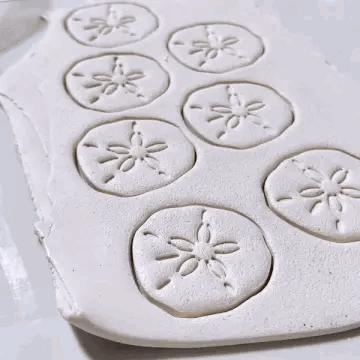


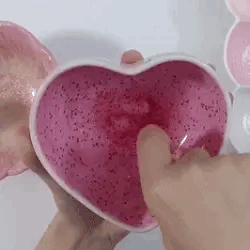

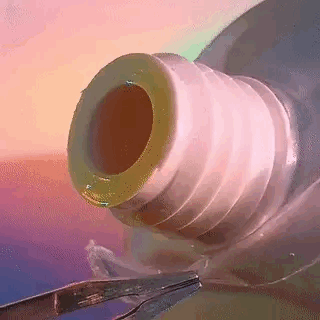


RED CRESCENT MOONS ALL OVER MY HANDS
💓 💓 💓
💜 💜 💜
💙 💙 💙
20.
#who here got DERMA#you dont ask questions about project mayhem [boards]#deliver me from being perfect and complete [queue]#lyrics: lost by bring me the horizon#peeling#picking#fruit#dragonfruit#food#clay#sand dollars#art#tree#bark#nature#hearts#lovecore#glue#cosmetics#oranges#mushrooms#pink#white#teal#brown#orange#stim#stim gif#stimboard
14 notes
·
View notes
Text




Photos 1-2 - Skeletal specimen 1 / Photos 2-4 - Skeletal specimen 2


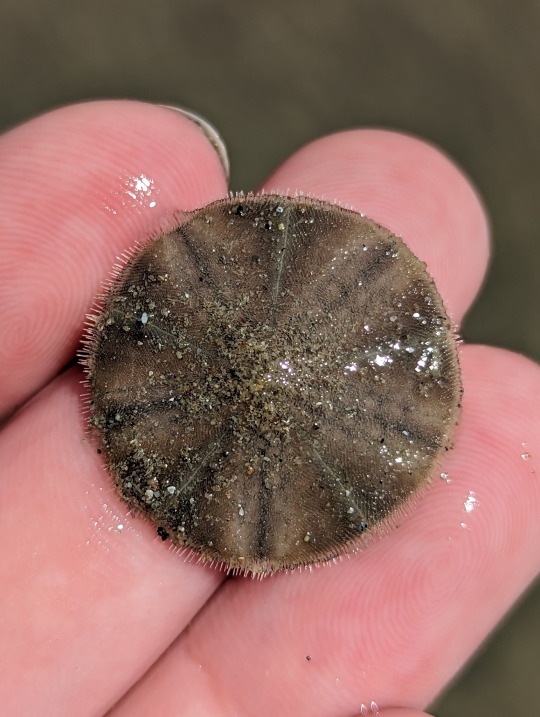

Photos 4-6 - Live specimen 1 / Photos 6-7 - Live specimen 2
One of the two species of sand dollar I come across most frequently.
09/09/23 - Echinodermata: Arachnoides placenta
QLD:BRB - Clairview, beach
#invertblr#invertebrates#Arachnoides placenta#Cake Sand Dollar#Luminacea#Sea Biscuits#Sand Dollars#Echinodermata#Echinoderms#dead tw
12 notes
·
View notes
Text



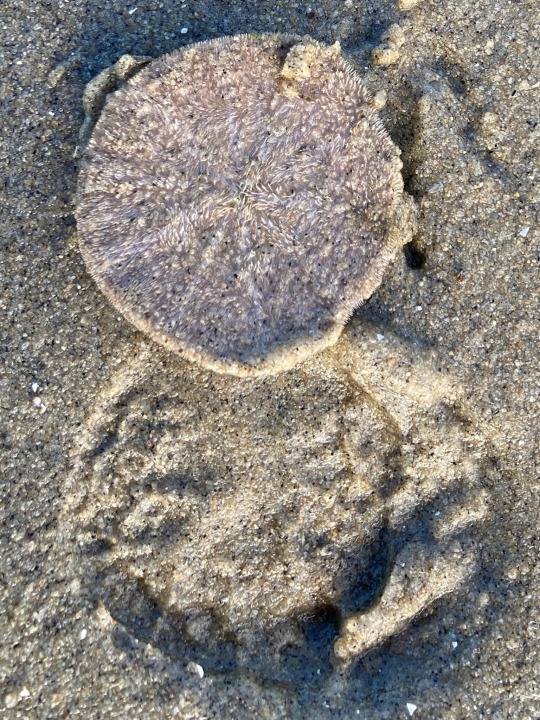


#eccentric san dollar#pacific san dollar#sand dollars#sea urchins#dendraster excentricus#beach#mission bay#san diego
5 notes
·
View notes
Text
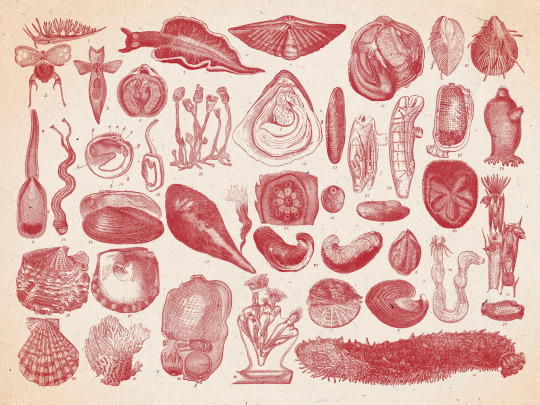
Mollusca and echinodermata engraving - 1882.
#vintage illustration#engraving#mollusks#marine life#marine biology#mollusca#echinodermata#sea urchins#sand dollars#sea cucumbers
7 notes
·
View notes
Text
anyone got a sand dollar?
#sand dollars#that it.#I just wanna start a collection but theyre so delicate#Id probably break them :(#did you know a flower bloomed?
2 notes
·
View notes
Text
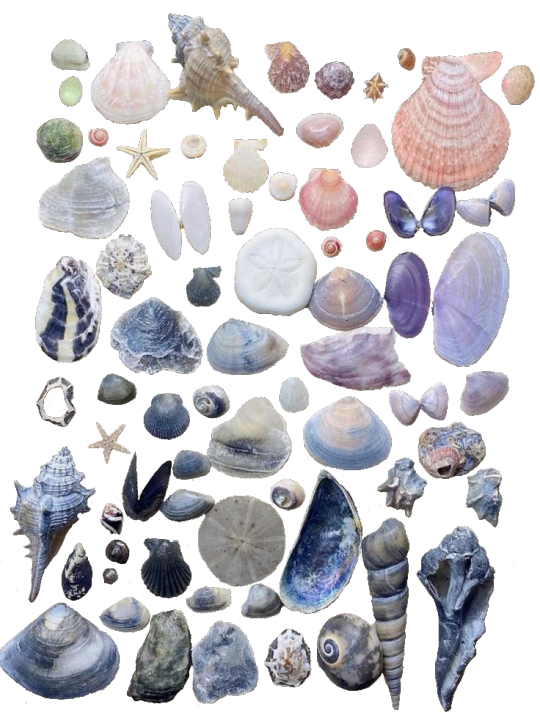
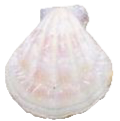







shells 3/?
#png#transparent#aesthetic#vintage#light academia#pngfile#pngimages#cottagecore#seashells#seacore#seashell#sea shells#sea#ocean aesthetic#oceancore#ocean#sand dollars#rocks#stones#gems#conch#oysters
5 notes
·
View notes
Text
Acrylic and watercolor artist living in color #artist #watercolorart #acrylicpainting



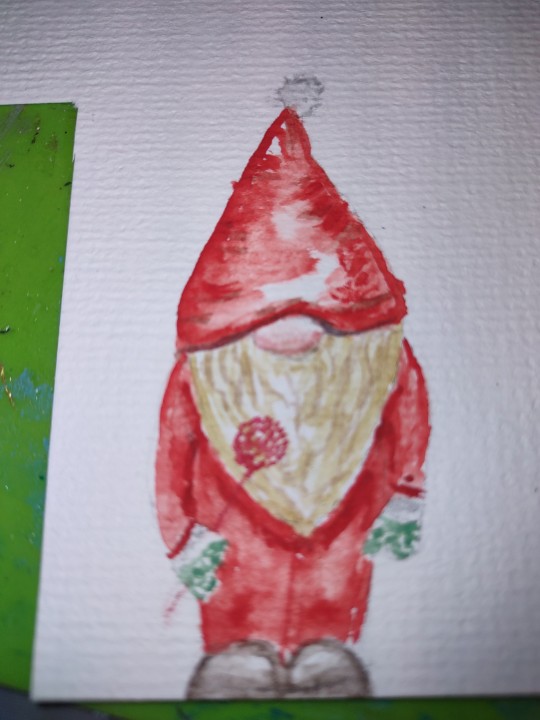

#watercolor#acrylic painting#artists on tumblr#my art#hocus pocus#halloween#nightmare before christmas#sand dollars#boat
2 notes
·
View notes
Text

by Elizabeth Johnson-Wold
#original photographers#photographers on tumblr#sea shells#sand dollars#in a bowl I brought back from africa on the plane#that I bought from a girl off the street in Knysna#and it cracked in the dry Colorado climate
3 notes
·
View notes
Photo

~ Gold and Gray ~
88 notes
·
View notes
Text
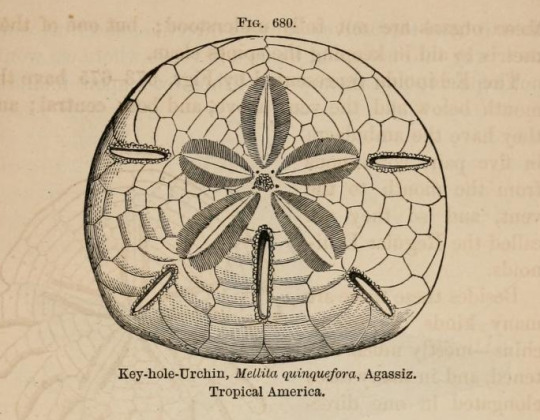
Elements of Zoölogy: A Text-book. Written by Sanborn Tenney. 1875.
Internet Archive
90 notes
·
View notes
Photo


“Sand Dollars”
This is a 5x7 inch colored pencil drawing, featuring some sand dollars I found while on vacation in Birch Bay.
Finding these inspired me to draw them, and to do some reading up on sand dollars. I learned a lot of cool things about sand dollars that I did not know before, and I now have a little better understanding of their place in the ocean's eco-system.
I will likely be adding made to order prints of this piece to the shop soon.
SteelArt By N.E.Thompson
https://linktr.ee/N_E_Thompson
#art#drawing#realism#small art#small artist#small account#detailed realism#realism artist#colored pencil#beach art#ocean art#sea shells#sand dollars#sea cookies#invertebrates#saltwater creature#sea creatures#artwork#original art#washington artist
2 notes
·
View notes